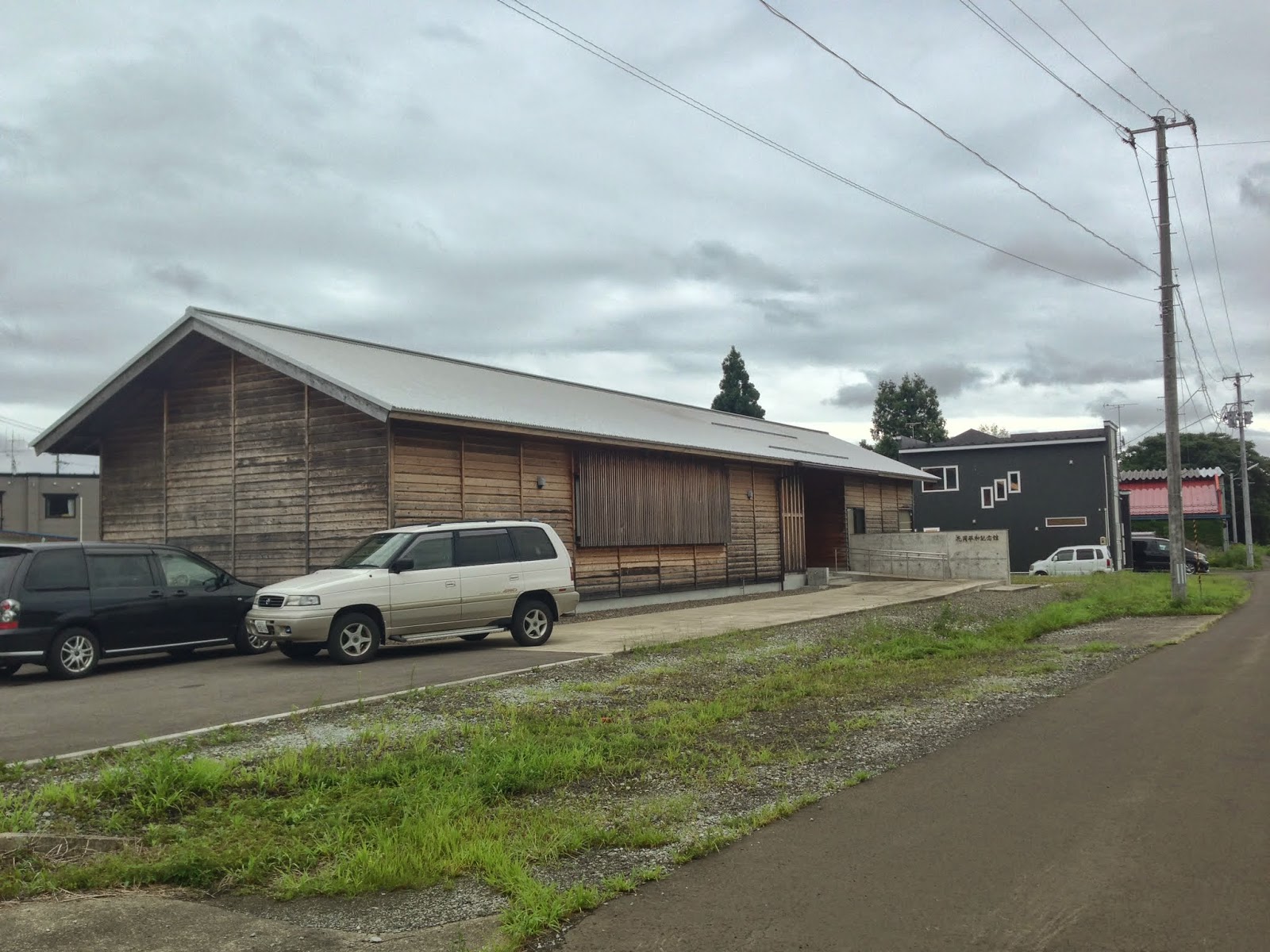In the late 1600s Japan was united in a series of battles led first by Oda Nobunaga and then by Toyotomi Hideyoshi. On balance, Toyotomi is remembered well by Japanese history. Despite his humble beginnings he was able to rise to become the leader of Japan (though not shogun because he didn't have a bloodline that tied him to the Minamoto or the Taira clans) and continue Nobunaga's goal of uniting the country.
Hideyoshi has less illustrious parts to his legacy in particular the persecution of Christians (which to be fair to Hideyoshi, they could reasonably have been seen as a threat to domestic unity) and his invasions of Korea. The Christian sites of Nagasaki are now under consideration for World Heritage status, however in Japan (in contrast to Korea) there is little contemporary thought given to Hideyoshi's Korean invasions.
Hideyoshi had grand plans for his invasions: Korea was a stepping stone to his greater goals of conquering China and India. The Korean king turned down Hideyoshi's overtures which gave Hideyoshi reason to attack. A combination of unexpected guerilla warfare, Chinese assistance to Korea, and a formidable naval Admirable Yi Sun-sin resulted in Japanese defeat in the 1592 incursion.
A bit of a a tangent, but Yi Sun-Sin invariably tops surveys of the greatest Korean of all time. The link below shows the battle, from the Korean point of view. (Most Japanese haven't heard of him.)
The Japanese were defeated, but Hideyoshi was not to be deterred from further expanding territory under his control. After diplomatic engagements with Ming China failed to secure territory for Japan on the Korean peninsula, Hideyoshi declared war for a second time. The second war was particularly brutal with Hideyoshi giving an order for the noses of Koreans killed to be cut off, and sent to Japan. According to the Cambridge History of Japan more than 50,000 Koreans were captured and sent to Japan.
The connection to Kyoto?
In Kyoto, near the city centre is a shrine to Hideyoshi - Hokoku jinja 豊国 (also pronounced as Toyokuni ). It's a pretty minor shrine, or at least not a famous shrine for most people, though there are a few impressive pieces in the small museum in the shrine precinct. Outside the front gate of the shrine is the mimizuka a funeral mound for the noses of Koreans that were shipped to Japan. It's sad and simple. There's no English sign and unless you knew what it was you probably wouldn't look twice at it. It's looked after by volunteers, though I don't know anything about the history of who the volunteers are or how they became volunteers.
It's not an illustrious part of Japanese history, but Japan is far from unique in having black parts of history. At the same time as Japan has historical amnesia and lacks the ability to look at history honestly, Korea has a tendency to derive national legitimacy from feeling persecuted by old injustices. Both exacerbate the other. In reality as the perpetrator, the onus is on Japan. In Gunma this year a prefectural order has been given to remove a memorial for the Korean forced labourers from World War Two as it might incite ill feeling. If only Japan could realize that looking at the past and not blinking at it could be very empowering.




































